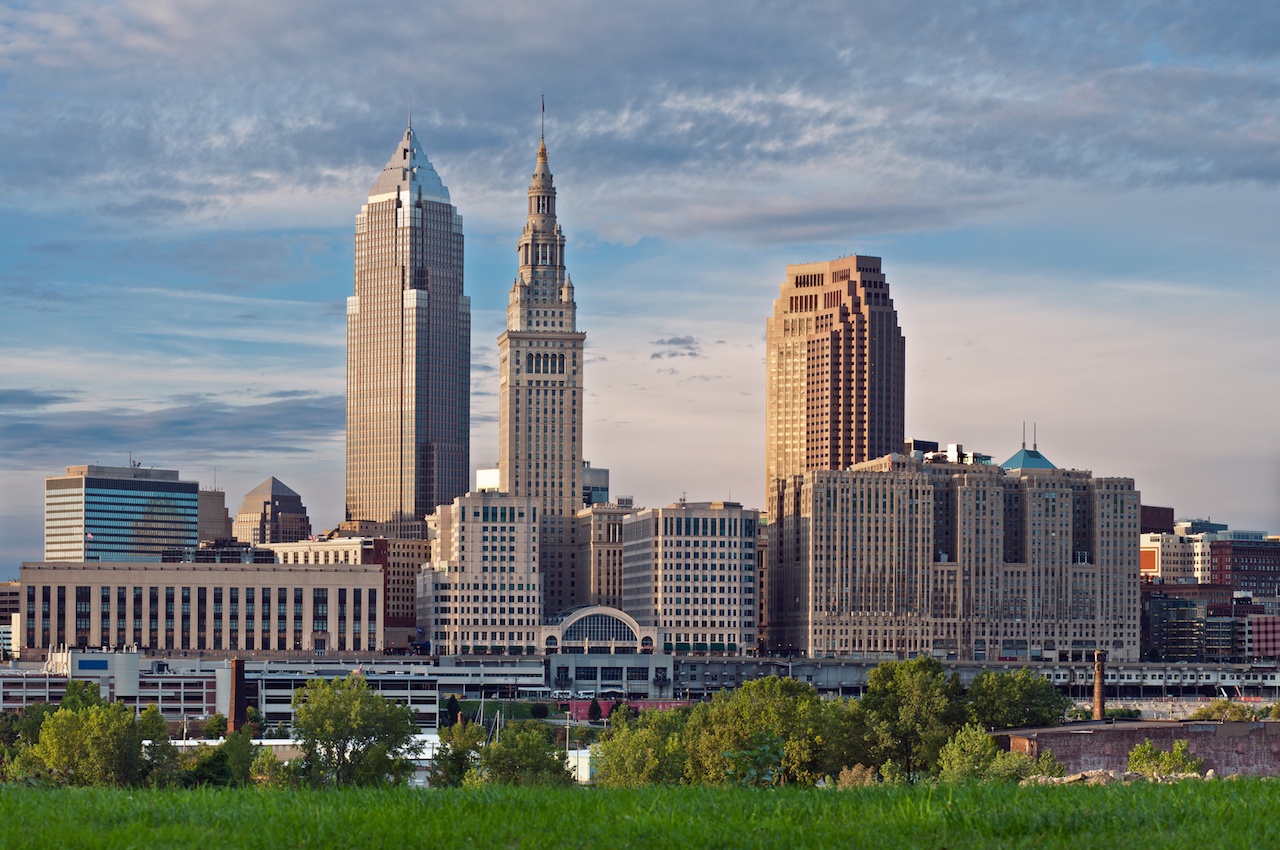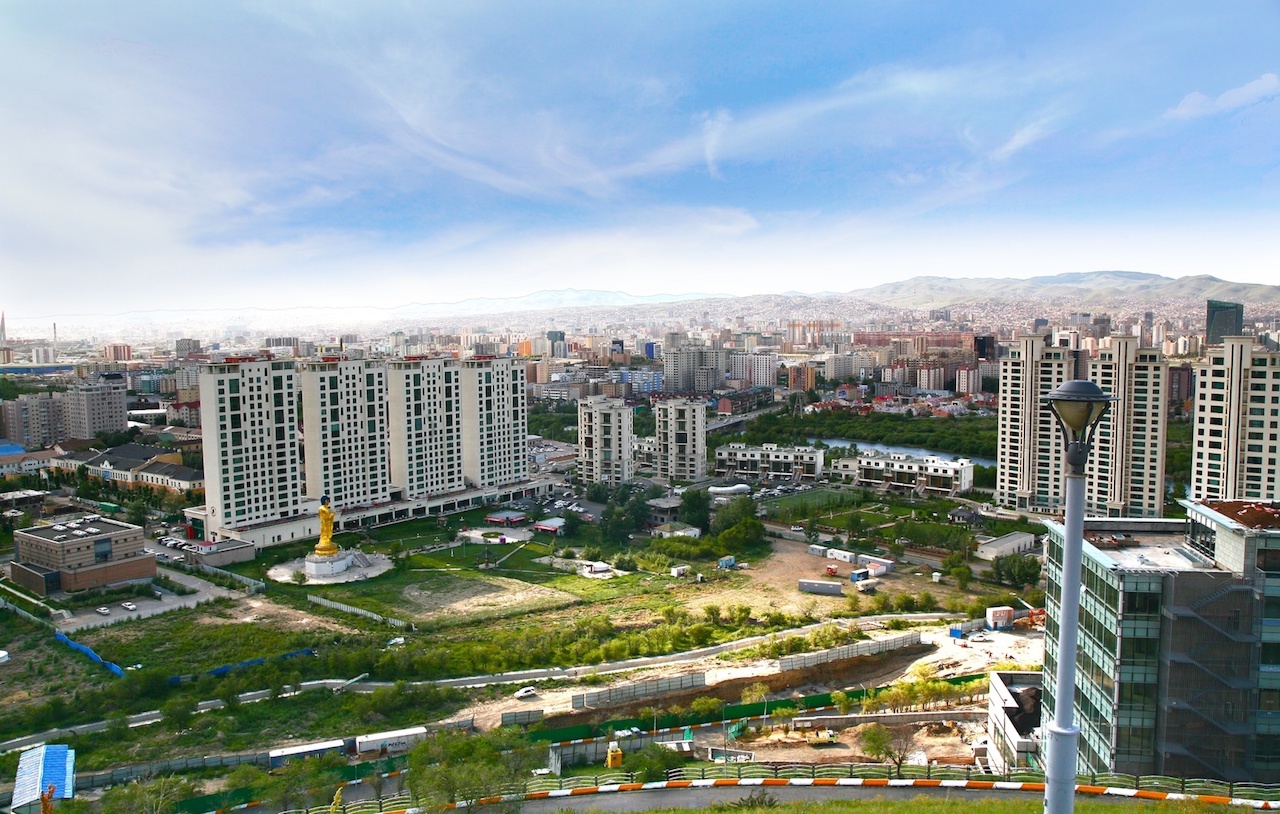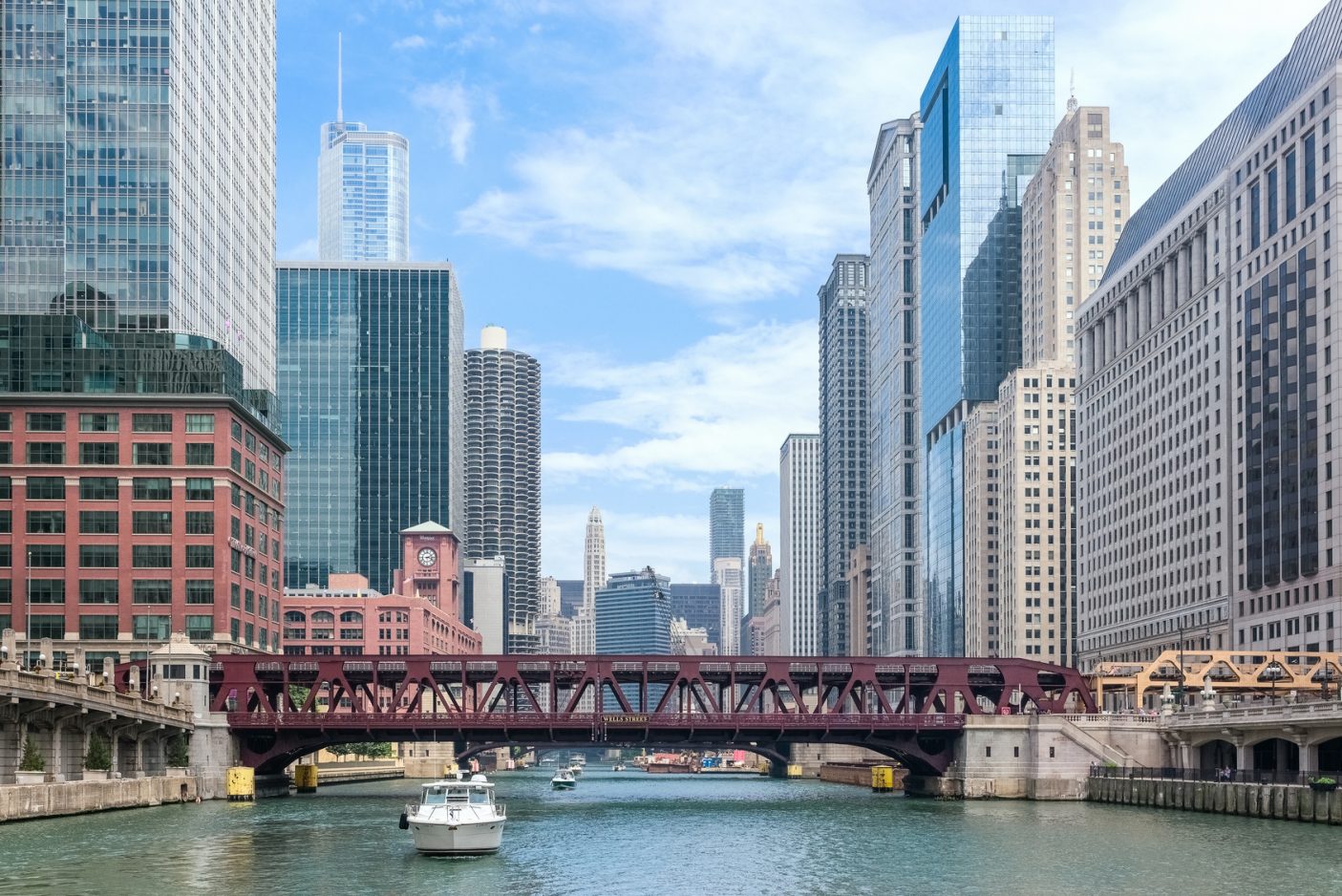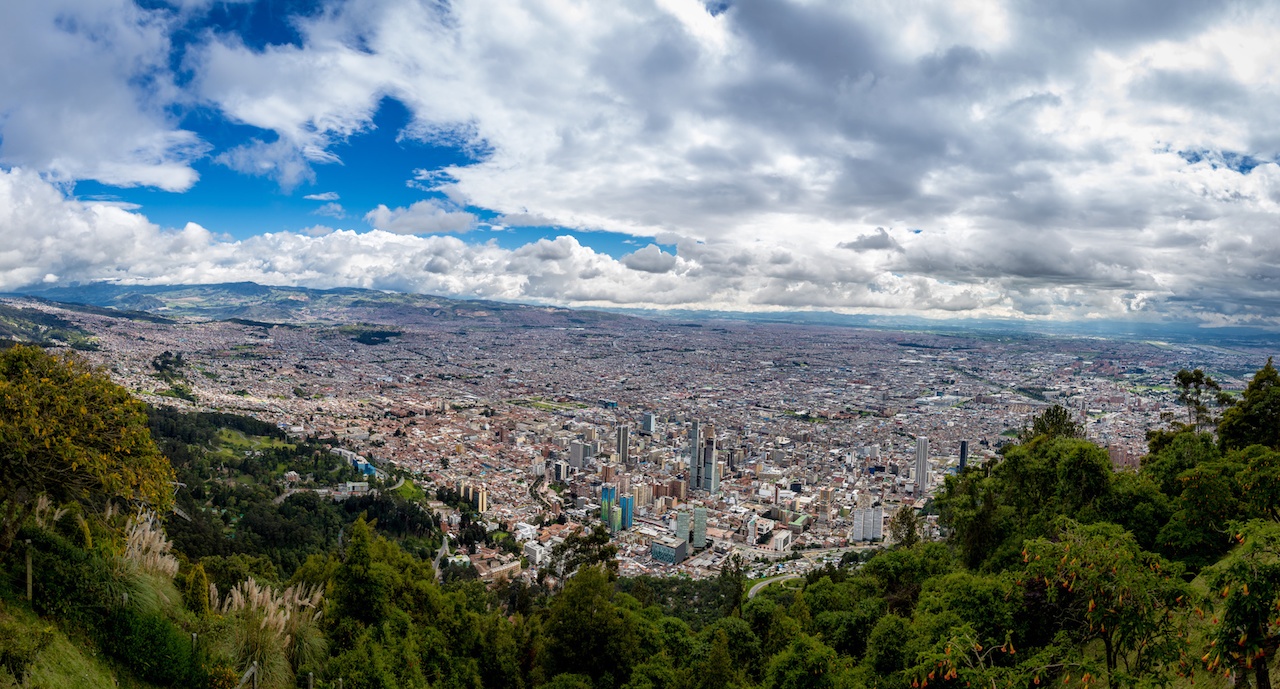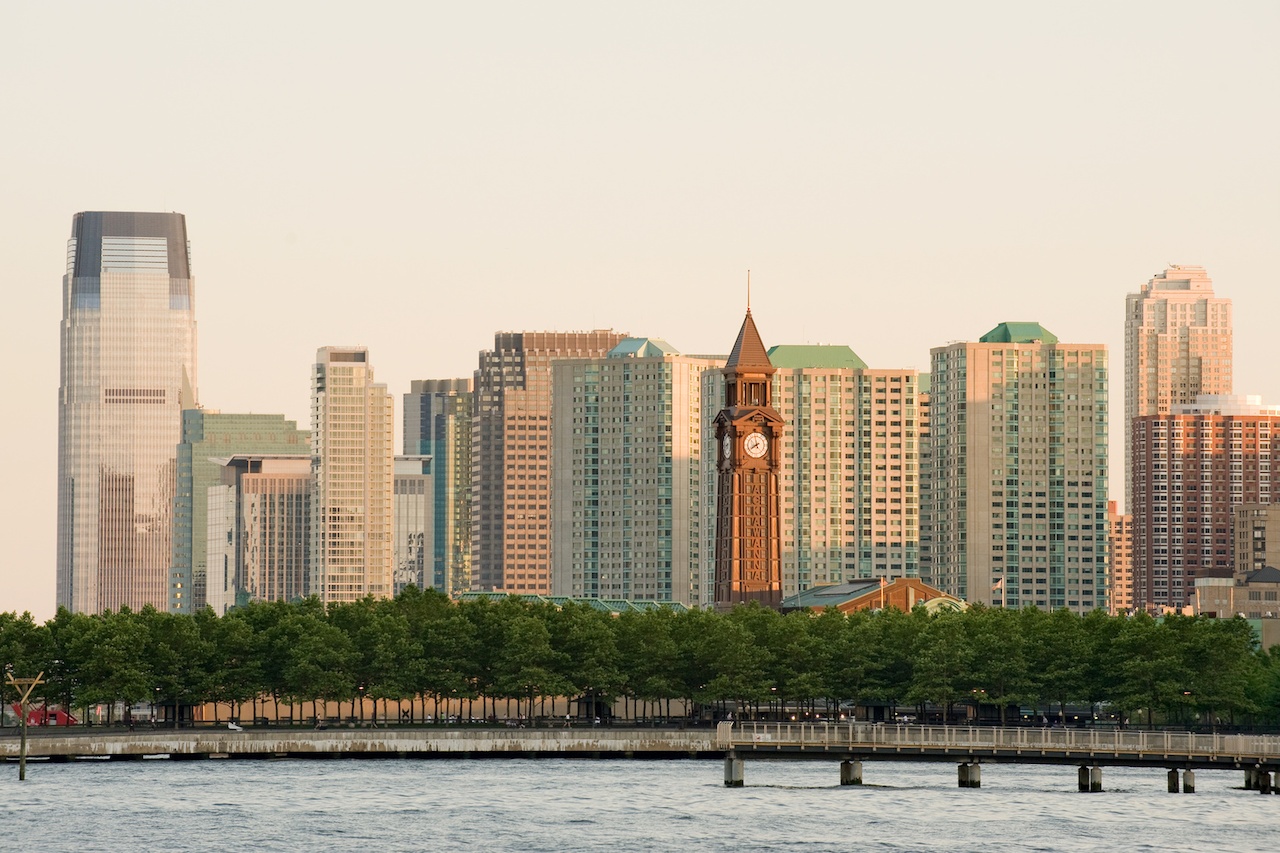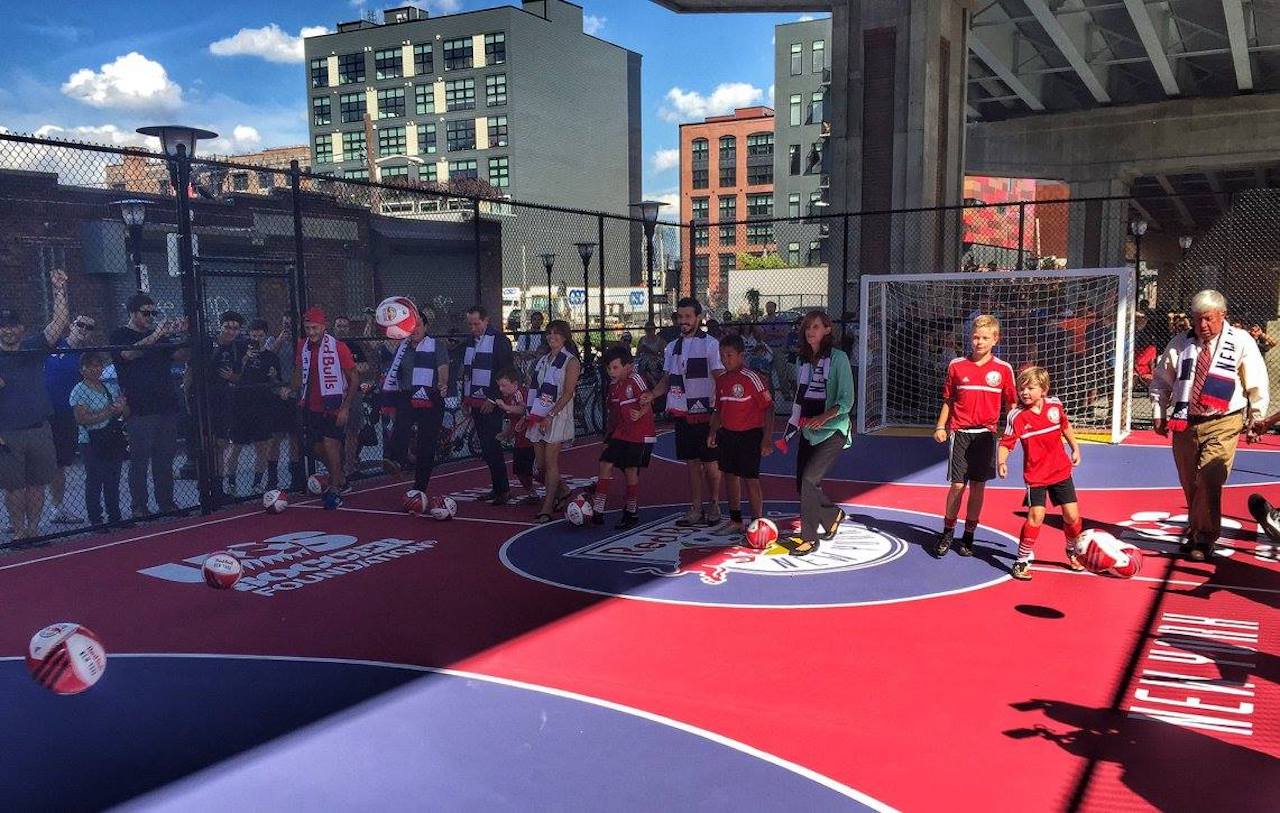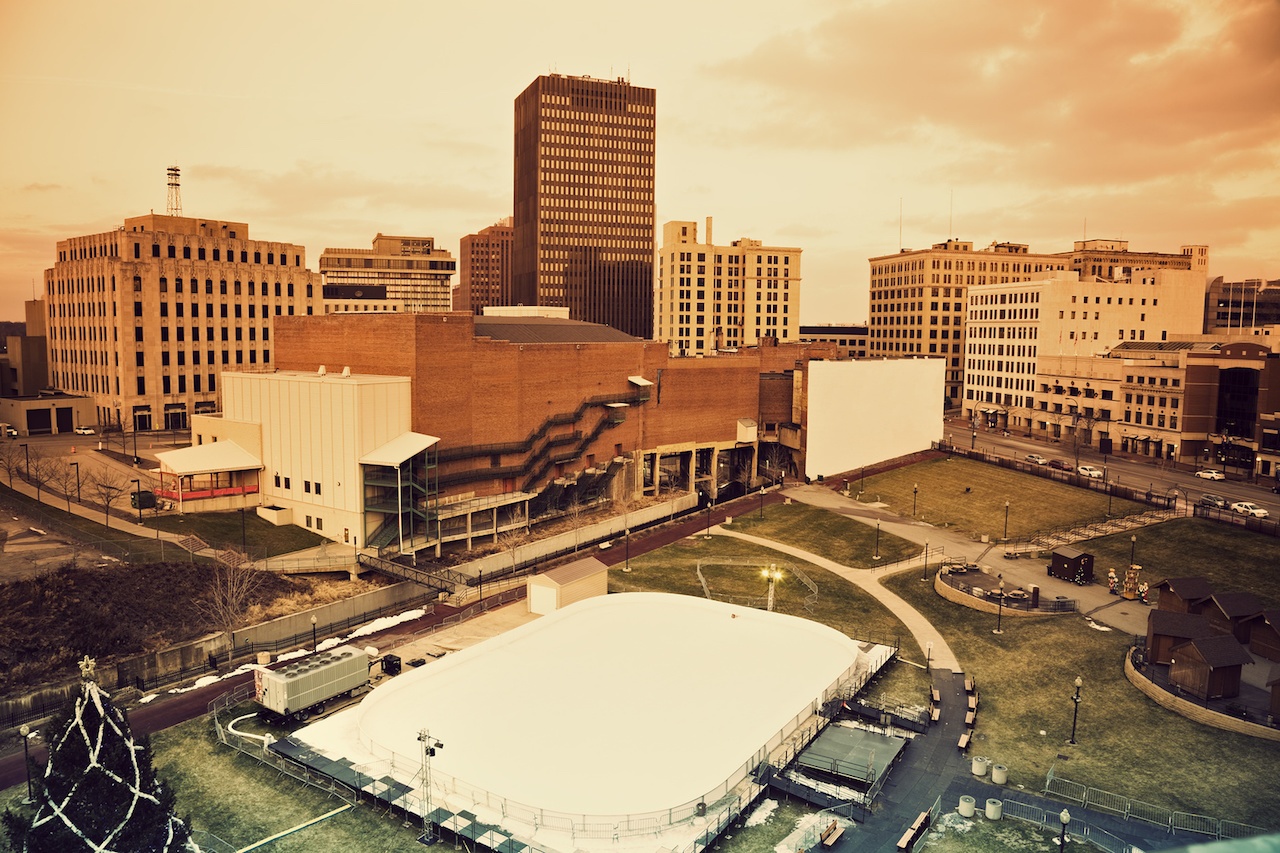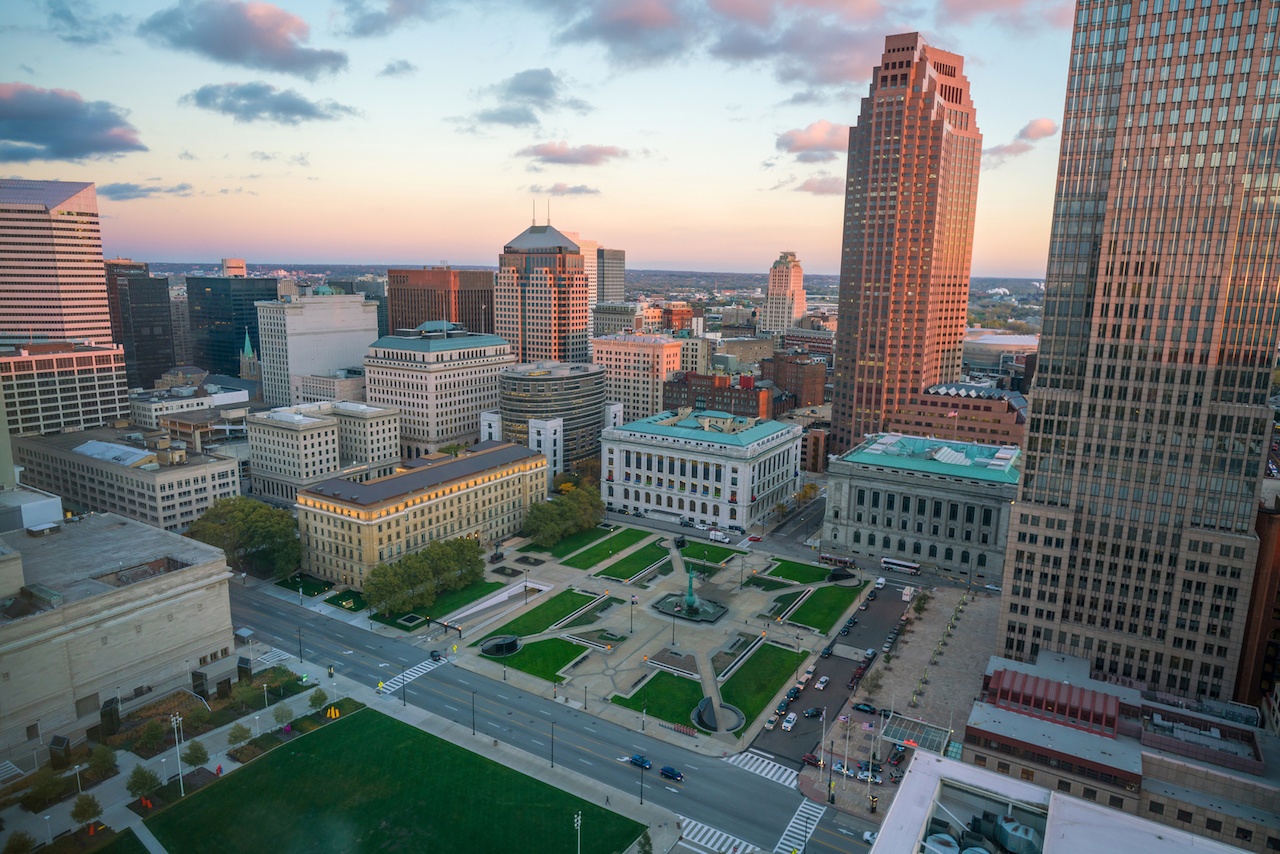Society
A broad category of content focused on societal issues in cities.
Examples: health, community, social equity, education, arts & culture, and homelessness.
How Health Care Supports Sustainable Communities
If you want a healthier community, you don’t just treat illness. You prevent it. And you don’t prevent it by telling people to quit smoking, eat right and exercise. You help them find jobs and places to live and engaging schools so they can pass all that good on, so they can build solid futures and healthy neighborhoods and communities filled with hope.
The City as an Instrument of Public Health
The concept of urban health is becoming an increasing concern as awareness of the true extent of the issue spreads. Particularly for health services in low and middle-income countries (LMICs), which are already struggling to cope with the burden of infectious diseases, the added pressure of NCDs poses a serious threat.
And yet, this does not need to be the case. There is positive work that can make an enormous difference to the health of city-dwellers. We need to close the gap between awareness and action, recognizing cities’ potential enabling features to address public health issues.
What Does Equity Have To Do With Tech?
Unlocking the tech sector’s potential in Chicago (and beyond) means confronting segregation and inequality.
The tech field suffers from a costly cycle of inequity. The U.S. Equal Employment Opportunity Commission found that, compared to other private industries, high-tech companies hire a disproportionate number of white people and men—68.5% and 64% of employees, respectively. Meanwhile, the STEM workforce in the U.S. is projected to grow exponentially; already, in job-rich Cook County and DuPage counties, tech jobs grew 14% and 18% between 2009 and mid-2014, according to the U.S. Bureau of Labor Statistics. As the city’s tech sector grows, so might inequality—unless more leaders like Sales-Griffin step up with creative interventions. Today in Chicago, just 12% of Latinos and 20% of African-Americans have bachelor’s degrees, compared to 44% of whites. The diversity talent gap threatens the tech sector’s vitality.
Inclusion of Underserved Communities in the Mobility Innovation Economy
The recent explosion of technology integration with the transportation industry has rapidly disrupted traditional transportation legacy planning methodologies. The number of options and the traveler information available to the everyday citizen has created a new dynamic in which anyone can call a car or request product delivery at the touch of a button. Cities across the nation are developing new smart city initiatives to integrate open data with new transportation systems so that people can move more freely in their communities. New public transportation systems are being thought of as critical foundational systems to the smart city initiatives that will get people out of their cars and into reduced carbon footprint transportation systems. Soon, artificial intelligence will be operating the nation’s transportation systems at maximum efficiency, and with reduced operating costs compared to the use of human capital.
However, as technological innovation continues to progress at light speed, the country’s underserved communities are continually left behind. With the United States projected to be a majority minority country by the year 2044, governmental policy and resources must be adjusted to meet the demands of our rapidly changing demographics.
Indianapolis Revitalizing Neighborhoods Through Arts & Culture
As historian Mark I. Gelfand has noted: “No federal venture spent more funds in urban areas and returned fewer dividends to central cities than the national highway program.” A micro example of the devastating effect of the highway system developed through the core of Indianapolis is Cruft Street, with a dead end abutting I-65 near the I-65/I-70 split (completed in 1976) in the Garfield Park area of Indianapolis. Forty-two percent of houses in the area have incomes below $25,000, and 13.5 percent live on less than $10,000 a year. The low income demographic of the area results in 22 percent of adults over age 25 having no high school diploma and 81 percent with no college degree.
An examination of the Cruft Street neighborhood has spurred many nonprofit organizations in Indianapolis to question how the public sector can support the role of arts and culture in revitalizing the Cruft Street neighborhood.
How to Build More Connected and Inclusive Cities
When thinking about the cities of the future, I know that they will be more connected, and I strongly believe that they must be more inclusive. We can’t have the Internet of Everything without the Inclusion of Everyone. Already today, a growing number of cities are using smart technologies to better connect people to places and to each other – and more importantly also connecting people to opportunities for better and safer lives.
Unfortunately, what still causes a significant amount of friction in our cities and prevents inclusive growth is the dominance of cash. In fact, close to 85 percent of all consumer payments in the world are still done with cash or checks. This means that far too many people are trapped by default in an informal economy. They lack the financial services to guard themselves against risk, save for themselves, plan for their children’s futures, and build better lives.
Creating Community Resilience in Every City
In recent months, people have taken to the streets of Washington, D.C. for marches urging the Trump administration and Congress to act on climate change.
For now, it seems that local governments in the United States will stand alone on the issue, paddling upstream against a federal government and a majority of state governments who reject the science and actively undermine city initiatives. Of course, building climate resiliency is more than an environmental issue for local government. Climate resilience in the 21st century will be a fierce competition between cities around the world to attract talent, reduce business disruption, provide reliable services and protect citizens.
Creating a Smart City? Start With Your Entrepreneurs.
The city of Cleveland recently launched a neighborhood transformation initiative that will be working to build up various neighborhoods within the city. Starting over a year ago, the city began laying the groundwork and identifying the neighborhoods; now the city is ready to work with local partners and entrepreneurs to move forward by providing capital to grow local business.
Starting a large city overhaul is a daunting task but by having coordination between the groups involved in the project and the city before the project even started, the city has already set the precedent for open communication and keeping the project on course.
Invest in Resilience Before Disaster Strikes
Investing in at-risk communities before disaster strikes is one of the most cost-effective ways to protect residents and property while increasing their ability to weather the severe storms ahead. At Enterprise Community Partners, our Resilient Communities Initiative works nationwide to strengthen communities and equip residents so they are better prepared for, and able to respond to extreme weather events and other emergencies. We provide technical assistance, grant funding, research and analysis, and build innovative tools to support this goal.
Getting Kids Outside to Play: Easier Said Than Done
Research shows that children living in underserved communities are more than four times as likely to lack recreational facilities. This is significant when you consider that 71 percent of youth don’t get the recommended amount of physical activity, and that one in five school-aged children has obesity. The lack of safe places to play is an added barrier to living a healthy lifestyle for these children.
At the U.S Soccer Foundation we aim to bring quality soccer programming and play spaces to more kids. To further expand our after-school soccer program, Soccer for Success, we knew we needed more quality spaces to play the game, especially in urban areas.
Northeast Ohio’s Startup Ecosystem: The Visible & The Invisible
As one of the region’s champions of entrepreneurship, Morgan Foundation has been among the ecosystem builders focusing on startup support for all types of entrepreneurs. The programs we fund help children develop the entrepreneurial mindset, support college students as they conceptualize and launch new ventures, and undergird the services that propel experienced adult entrepreneurs to develop high potential startups.
Northeast Ohio is doing well at concocting its entrepreneurial stew, but we recognize that there is always more to learn. As we prepare to welcome Meeting of the Minds to Cleveland in the fall, we see the goal of this gathering as ideal for the crucible of interdisciplinary thinking that is teeming in our region. We expect that it will throw “gasoline on the fire” and we are anxious to showcase all the great intersections brewing in and around Cleveland; the blending of medicine with biomimicry, fashion with technology, and 3-D printing with manufacturing!
Cleveland Midtown Tech Hive: Technology & Community
DigitalC aims to begin to address this need by developing the Midtown Tech Hive located at 6815 Euclid Avenue in Cleveland’s Midtown neighborhood. The Midtown Tech Hive will house Cleveland’s first neighborhood innovation space anchored and operated by DigitalC, an organization dedicated to making Cleveland a thriving hub of innovation and digital inclusion. The Hive will provide vibrant workspace, feature robust 18-hour programming, and a commitment to a diverse user base.

